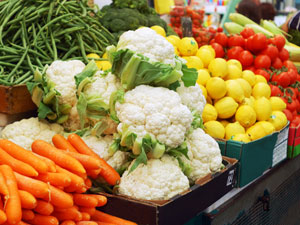Clathrate hydrates are a form of clathrate compound in which a guest molecule is trapped inside a crystalline cage of ordered, hydrogen bonded water molecules and can form around a large number of low molecular weight gases, such as methane and CO2. Unfortunately, the formation of clathrate hydrates is very slow and requires high pressures to introduce the gas into the water, and low temperatures to form the ice-like structures. This leaves it no more energy efficient than standard methods of gas storage, such as liquefaction and compression into porous sorbents.
Interested to know more? Read the full article in Chemistry World here…
Read the article from EES:
Gas storage in renewable bioclathrates
Weixing Wang , Chao Ma , Pinzhen Lin , Luyi Sun and Andrew I. Cooper
Energy Environ. Sci., 2013, Advance Article
DOI: 10.1039/C2EE23565J
Fancy submitting an article to EES? Then why not submit to us today.











